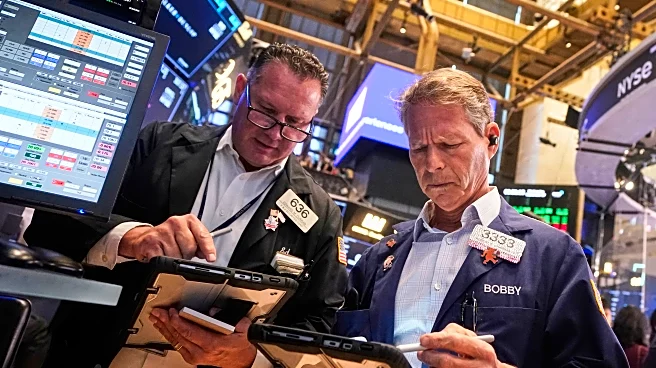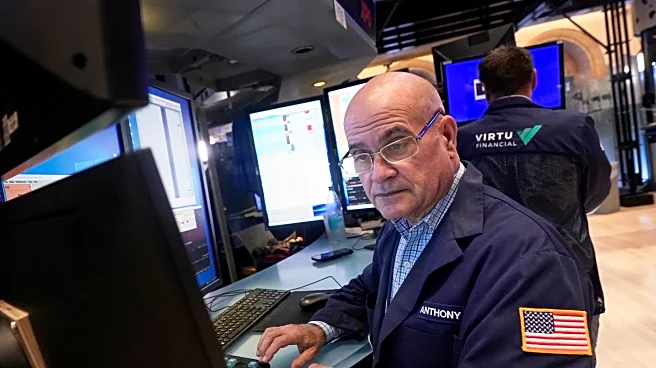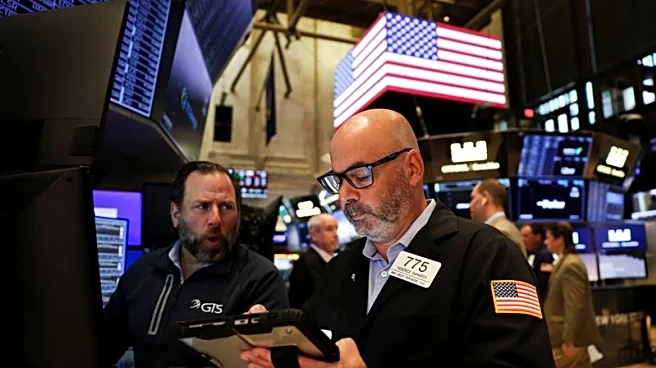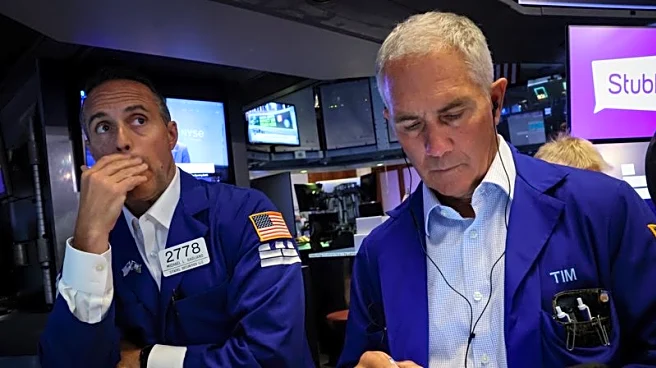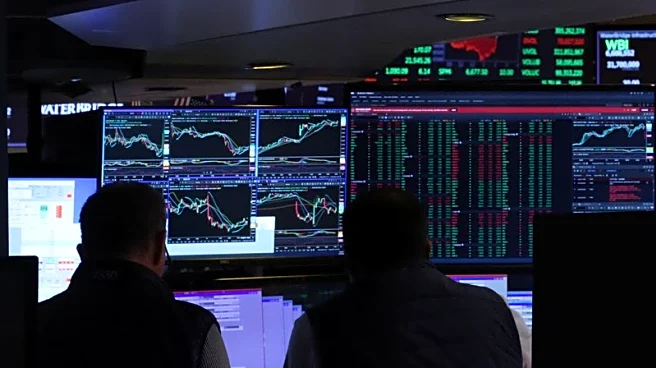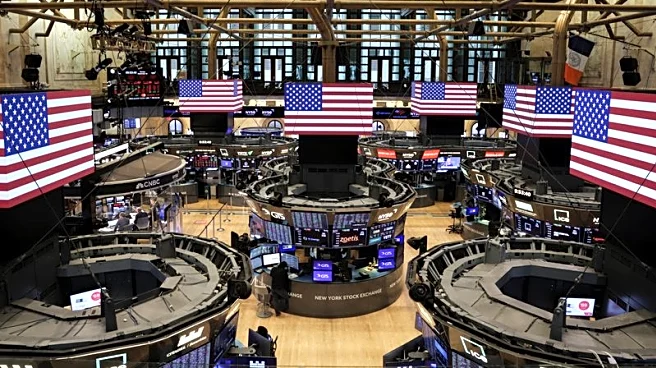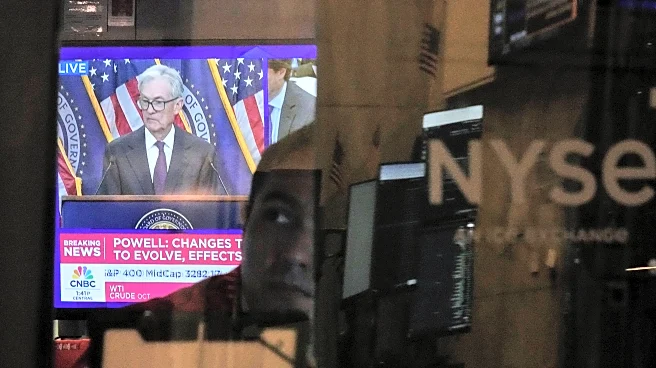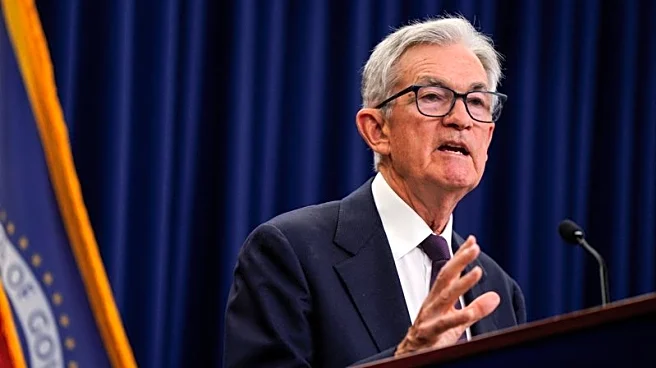What's Happening?
Investors are closely monitoring the Federal Reserve's upcoming monetary policy decisions, with expectations of a 25-basis-point rate cut. This anticipated move has led to heightened interest in the Fed's forward guidance, particularly the 'dot plot' of future rate projections and the tone of Chair Jerome Powell's press conference. The market has already priced in the rate cut, and US equities have responded positively, with the S&P 500 and Nasdaq reaching new highs. Meanwhile, commodity markets are experiencing increased activity, with gold prices hitting record highs due to a weaker US dollar and growing conviction around the Fed's impending rate cuts.
Why It's Important?
The Federal Reserve's decision to cut interest rates is significant as it impacts various sectors of the economy, including equities and commodities. A rate cut typically aims to stimulate economic growth by making borrowing cheaper, which can lead to increased investment and consumer spending. However, it also raises concerns about inflation and the long-term health of the economy. The Fed's guidance will be crucial in shaping market expectations and investor sentiment, influencing decisions across industries. The anticipation of rate cuts has already affected commodity prices, with gold and oil experiencing gains due to geopolitical tensions and supply concerns.
What's Next?
Following the Federal Reserve's meeting, investors will be keenly observing the details of the forward guidance and any changes in the 'dot plot' projections. The tone of Chair Jerome Powell's press conference will be pivotal in determining the pace of future policy easing. Additionally, geopolitical developments, such as potential EU sanctions on firms in India and China related to Russian oil flows, could further impact commodity markets. Stakeholders across various sectors will need to adjust their strategies based on the Fed's decisions and the evolving geopolitical landscape.
Beyond the Headlines
The Federal Reserve's actions have broader implications beyond immediate market reactions. The decision to cut rates reflects ongoing concerns about economic growth and inflation. It also highlights the delicate balance central banks must maintain between stimulating the economy and preventing overheating. The geopolitical tensions affecting commodity markets underscore the interconnectedness of global economies and the potential for external factors to influence domestic policy decisions. As the Fed navigates these challenges, its approach will have lasting effects on economic stability and investor confidence.

